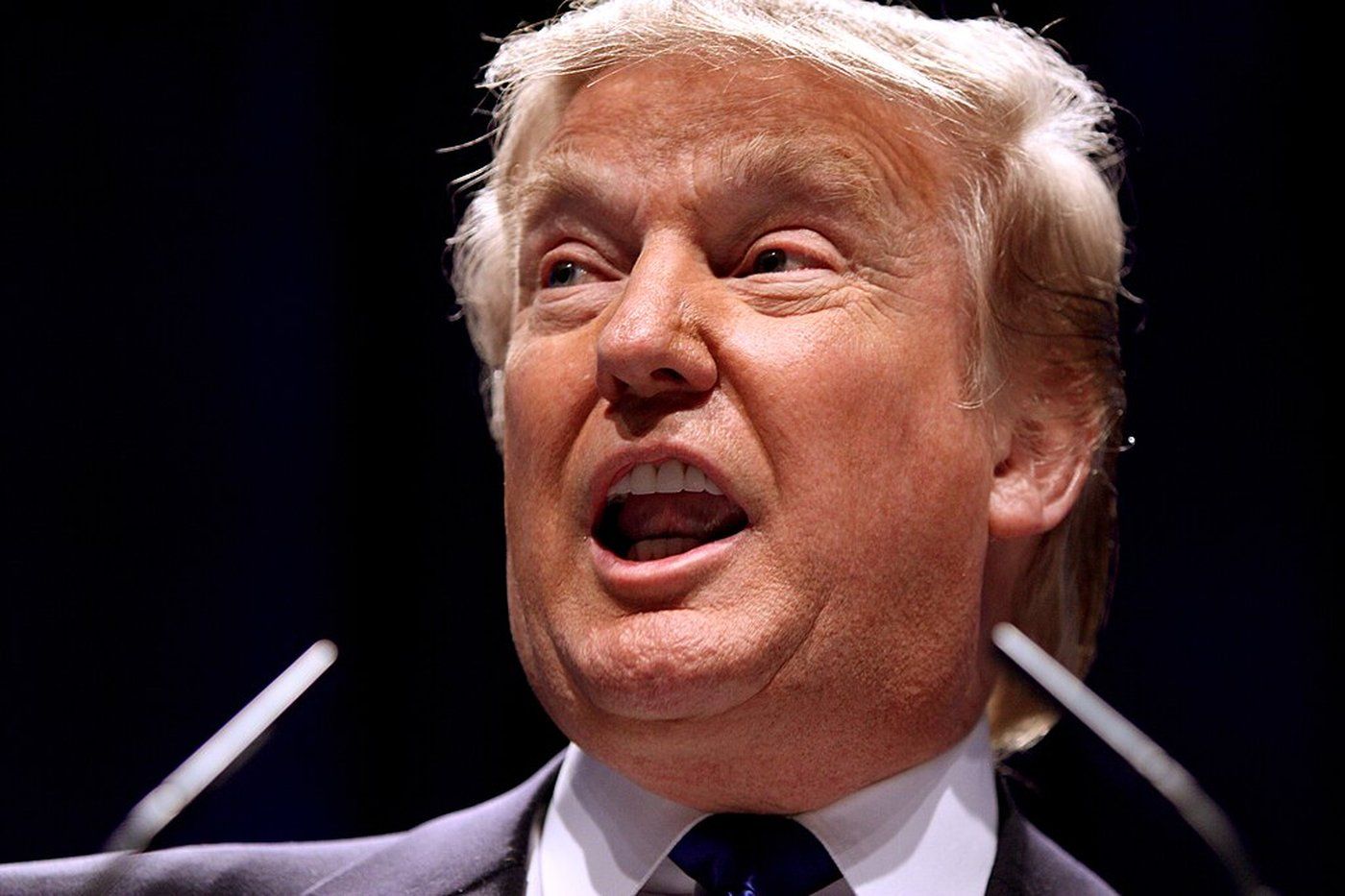Just as it did in 2016, the possibility of Donald Trump winning the US presidential election is stirring anxiety among Europeans of all stripes, from governments to the public.
Since his first campaign, Trump has aimed to reshape US foreign policy, both in form and content, pushing a transactional approach to relations with other countries and a departure from established international norms.
Key principles of Trump's foreign policy
Three guiding principles appeared to define his actions during his first term: reassessing relations with allies to secure more favorable terms for the United States; strengthening America's superiority over adversaries such as China and Russia – as well as lesser foes like Iran and North Korea; and extricating the US from the commitments arising from its participation in international organizations.
Robert O'Brien, who served as Trump’s National Security Advisor during the final 18 months of his administration, recently reiterated that these priorities are likely to remain intact if Trump returns to office. If anything, they will be recalibrated to fit a more competitive global environment.
The end of NATO?
Europe’s chief concern is that unilateral US actions, coupled with a pivot to Asia, could lead Washington to reduce its commitment to its allies, particularly at a time when Europe faces a potential war on its doorstep.
If such a scenario unfolds, critics warn, it would mark the end of the North Atlantic Treaty Organization, the longest-standing military alliance in history.
It could also undermine the liberal international order that has shaped the West, while forcing European countries to ensure their security without the traditional protection of the US
How disruptive was Trump's foreign policy?
The key question is whether these concerns are justified, and what can be expected from a potential second Trump presidency.
While predictions are inherently uncertain, we can look to his 2017-2020 tenure for clues, analyzing the foreign policy actions driven by his "America First" doctrine and the internal checks within the US system that limited the radical changes he proposed.
Many experts agree that Trump’s foreign policy was less disruptive than initially feared or promised.
Although his administration’s communication and diplomatic style were unconventional, in terms of substance, continuity outweighed the anticipated revolutionary changes in US foreign policy.
Three key points highlight this: America’s commitment to NATO remained, the global deployment of US troops held steady or increased, and the 2017 National Security Strategy (NSS) reinforced traditional strategic doctrines.
While there were moments of tension—such as threats to withdraw from NATO, negotiations with the Taliban, and escalations with Iran—the core of American foreign policy remained intact.
Trump and international organizations
However, Trump’s relationship with international organizations marks a significant departure.
During his first term, Trump’s administration did more than criticize global institutions such as the WTO, the WHO and UNESCO, regional organizations such as NAFTA and the TPP.
It actively undermined their authority, sometimes withdrawing entirely from organizations or agreements such as the INF treaty and the Paris Climate Agreement.
For European allies, this erosion of multilateralism is a central concern, as it directly challenges the global governance structures on which they rely.
Thus, if there is one area where European apprehension is justified, it is Trump's stance on international organizations.
Trump’s foreign policy revolution has fallen short of expectations.
While he took decisive steps to distance the US from some international organizations, his actions were less effective in other areas, such as NATO.
To understand why, it is crucial to examine the factors that constrained Trump’s ability to implement his vision and assess whether these constraints would persist in a second term.
Foreign policy experts generally identify three primary constraints on presidential action: public opinion, Congress, and bureaucratic opposition from the establishment.
In Trump’s case, the first two constraints played a limited role. The polarization of American public opinion has eroded the centrist base that supported internationalism.
As the next election approaches, this polarization shows no signs of abating, and Trump’s "Peace Through Strength" rhetoric seems aimed at the extremes of the foreign policy debate.
US Congress, despite its role in influencing certain decisions — such as the renewal of sanctions on Russia — largely leaves the president in charge of leading foreign policy.
After the November elections, Congress’s ability to constrain presidential authority will depend on two unpredictable factors: a Democratic majority and whether any Republicans are willing to challenge Trump.
The 'adults in the room'
This leaves the administrative apparatus, which includes officials in the State and Defense Departments responsible for implementing day-to-day foreign policy decisions.
During his first term, Trump launched several attacks on what he referred to as the “deep state,” targeting not only external actors but also members of his own administration.
Despite these attacks, the bureaucracy sought to use its expertise to guide and influence Trump’s decisions.
High-profile figures such as James Mattis, Rex Tillerson and John Bolton often served as the so-called “adults in the room,” exerting a stabilizing influence when the president’s personal preferences ran counter to established policy norms.
No imminent doomsday scenario
The specter of a unilateral America, uninterested in NATO and potentially hostile to European partners, depends on whether Trump can overcome these constraints.
By the end of his first term, Trump had developed a strategy to bypass some of these checks by surrounding himself with loyalists.
If he returns to office, this approach could give him greater freedom of action, though it could also lead to less informed decision-making.
Managing a second Trump administration could prove challenging for European leaders. However, the doomsday scenarios feared by some may be no closer now than they were four years ago.
(The author is an Associate Professor of Political Science at the Faculty of Linguistic Sciences and Foreign Literatures at the Catholic University of the Sacred Heart, where he teaches Strategic Studies. He was a post-doctoral fellow at the University of Bologna and a scholar-in-residence at the Center for European Studies at Carleton University (Canada).This article was originally published under Creative Commons by 360info)

